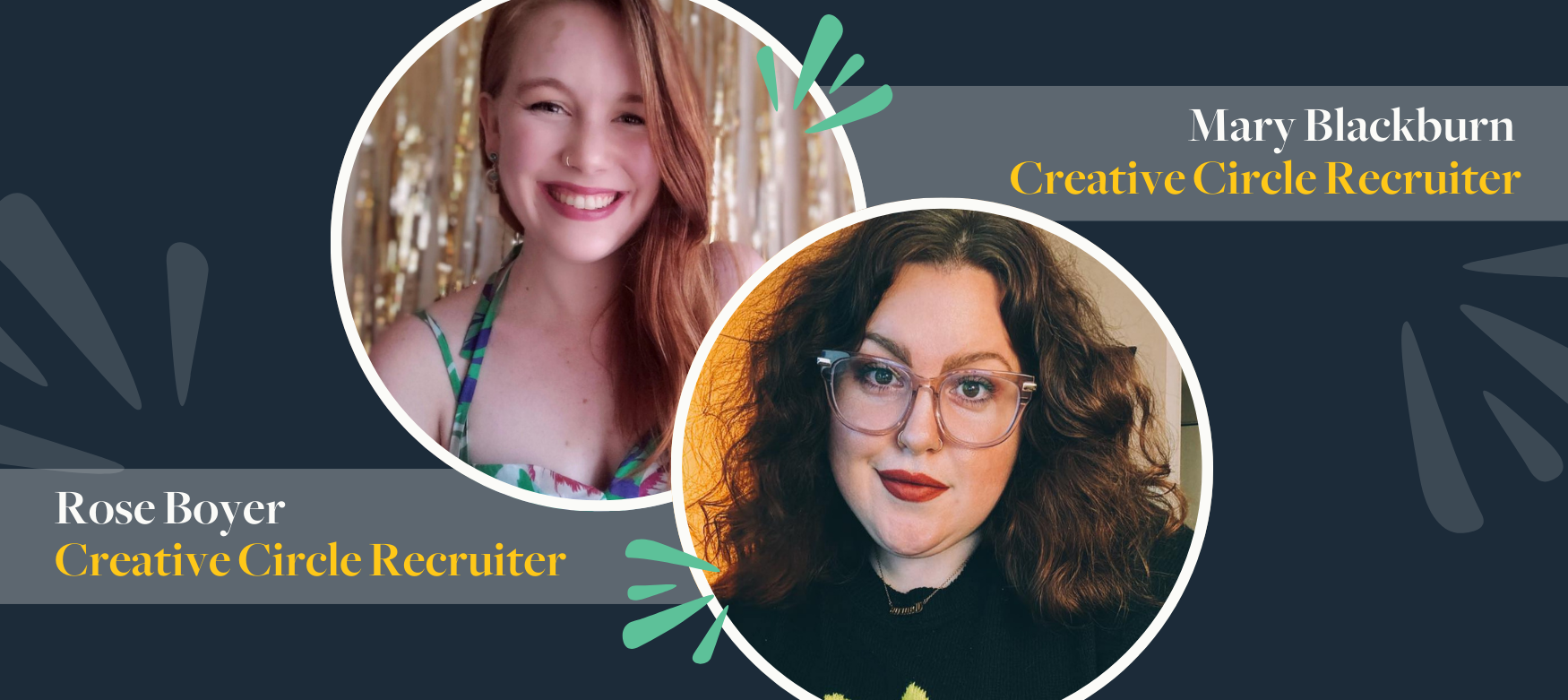Thinking about your future can be overwhelming. As children, we are regularly prompted by parents, teachers, and mentors to dream, set goals, and systematically take the steps to get us closer to those goals.
After you complete your formal education, reminders are infrequent and incomplete:
- Development conversations with managers focus exclusively on your professional life; you aren’t at liberty to truly speak freely about your professional goals if they involve leaving your employer.
- Speaking with family members may not allow for the freedom you need, as relatives may struggle with objectivity.
- Gatherings of classmates and friends — including weddings and reunions — may prompt reflection, but conversations tend to emphasize what you’ve accomplished more than what you want to accomplish.
If you want to give some attention to your future but are feeling stuck, here are five ideas to get you started:
1. Meditate
I resisted this one for so long. My excuses were countless: I don’t have the time; I’m not spiritual in that way; it’s just not “me.” Then, last May, while attending a conference at the UCLA Anderson School of Management, I sat in on a morning guided meditation led by Sarah Tucker, director of the business school’s Coaching and Team Skills Program. I entered the room frazzled by L.A. traffic and my subsequent late arrival. The meditation lasted only 10 minutes, but to my surprise, it calmed me down and helped me refocus on my goals for the conference. It shifted my mindset on the entire day, which ended up being one of the most productive conferences I have attended. Coincidentally, a chance meeting in the courtyard with the executive director of the career center at UCLA Anderson led to a project on her team, which aligned directly with my goals for the next year.
Meditation has many uses related to your future, including priority-setting, focusing, discovering a sense of appreciation, and releasing regret. As little as three minutes can make a difference in your day, and a regular practice can make a big difference in your life. You don’t have to be in the presence of an expert to give it a go. I’m a fan of the Headspace app. I’ve been using it to wind down before bed, and most nights, I fall asleep before the 5- to 10-minute meditation is complete. I’ve also received personal recommendations for Calm and Insight Timer.
2. Listen to your body
When you need to make important decisions, how well do you listen to what your body is telling you? Where do you feel it? In your heart? Your gut? You can try to make decisions solely through analysis and reason, but most important decisions require listening to both your head and your heart.
Last year, I was considering a big professional move. It was an unexpected opportunity, but shifting priorities and a strong sense of trust in the team I’d be working with pushed me to explore it. I’d worked out the opportunity in my head and on paper, but there was a tightness in my chest that persisted for the three days leading up to a final commitment. I ultimately passed on the opportunity, and I haven’t questioned once whether I made the right decision.
If somatic awareness is not something you practice regularly, it can take time to learn what to look for. My first several attempts to articulate what I was feeling prompted the feedback from my coach, “That’s what you’re thinking. Try again, and tell me what you are feeling and where the feeling is in your body.” One warm-up is to reflect on times in the past when your heart or your gut spoke and consider how well those messages served you. To go deeper, check out Suzanne Zeman’s book “Listening to Bodies: A Somatic Primer for Coaches, Managers and Executives.”
3. Get outside
Important conversations frequently happen face to face: business conversations are held across a desk; talks with significant others may happen across a table. Without intending to, these setups create distance. Each person faces in an opposing direction, resulting in different views. This reinforces opposing forces and presents the two participants as being on different teams. And there’s literally a piece of furniture creating distance between the two.
Heading outside for a walk — or even better, a hike — changes everything about what it means to have a conversation. First, you are both moving in the same direction, suggesting that you are in this together.
I offer every coaching client who’s local to Los Angeles the option of hiking during a session. Recently, a client accepted my offer. Without the crutches of notebooks and pens, we pushed beyond to-do lists and explored deeper questions about obstacles. Since I was moving in the same direction, challenging her viewpoint presented more as a curiosity than as a threat. At the end of the hike, she felt ready to try some of the ideas we’d unpacked to help her move forward.
A recent Business Insider article from Lauren F. Friedman and Kevin Loria, “11 scientific reasons you should be spending more time outside,” lists several mental and physical health benefits of getting outdoors, including restored mental energy, improved concentration, and sharper thinking and creativity. What feels more energizing to you: sitting at a table over a laptop or opening up possibilities on a heart-rate–increasing hike?
4. Pick a personal board of directors
Businesses have them to stay on track with their goals, so why wouldn’t you want one for yourself? Loved ones and close friends may have advice for you, but it’s hard for them to be objective enough to give you the support and guidance you need. After all, your decisions are likely to impact them.
There are different approaches to building your board. Vanessa Van Edwards, lead investigator at Science of People, a human behavior research lab, sees the value in board members with perspectives outside of your industry. Leaders from other, different businesses may offer an unexpected but effective approach. Tim Kilpin, President/CEO of Activision Blizzard Consumer Products Group, is part of a group of leaders who all come from the same industry, albeit from different parts of the value chain. They can look at the same situation with unique perspectives, which increases the likelihood of valuable, divergent viewpoints. Because these leaders have a shared history, he also values their mix of professional and personal advice.
Consider your goals in picking the right board. If you are in startup mode, you might consider individuals who’ve taken this path and are further along the learning curve. If you are aware of your weaknesses, who excels in those areas? If you are considering a career change, how can you gain insights from people who’ve taken similar leaps as well as people who have taken different paths?
Lastly, your board doesn’t have to focus exclusively on professional topics. What areas of your personal life would benefit from the insights of someone you respect?
5. Unpack your suitcase
Motivational speaker Jim Rohm famously said, “You are the average of the five people you spend the most time with.” How well do these five people align with your goals and the life you want? Are there relationships that are holding you back from your future?
This is not a call to break up with or ghost any friend or relative who isn’t living the life you want. Take stock of their support for you in achieving your goals. If they aren’t helping you become the person you want to be, maybe it’s time to establish clearer boundaries in the relationship so you can make room for relationships that honor where you are headed.
This process of unpacking to make room for the resources and relationships that will support you can be applied to other areas of life, including setting priorities at work, focusing on community commitments, and maintaining self-care.
Peter Drucker said, “To try to make the future is highly risky. It is less risky, however, than not to try to make it.” These five activities can get you closer to turning your dreams into a plan and ultimately into accomplishments. They can all be done together, but trying even one is better than doing nothing. Pick the ones that spark your interest. Test the waters with an experiment and see what sticks.
Peter Gandolfo is an executive coach and founder of Gandolfo Group Coaching & Consulting. He’s passionate about helping men achieve professionally while being present fathers and about creating a more diverse workforce by helping leaders develop their authentic leadership styles.
In addition to individual coaching, Peter facilitates team workshops and gives talks on marketing strategy, listening to customers, effective communication and more. He lives in Los Angeles with his husband Andrew and their two sons.




